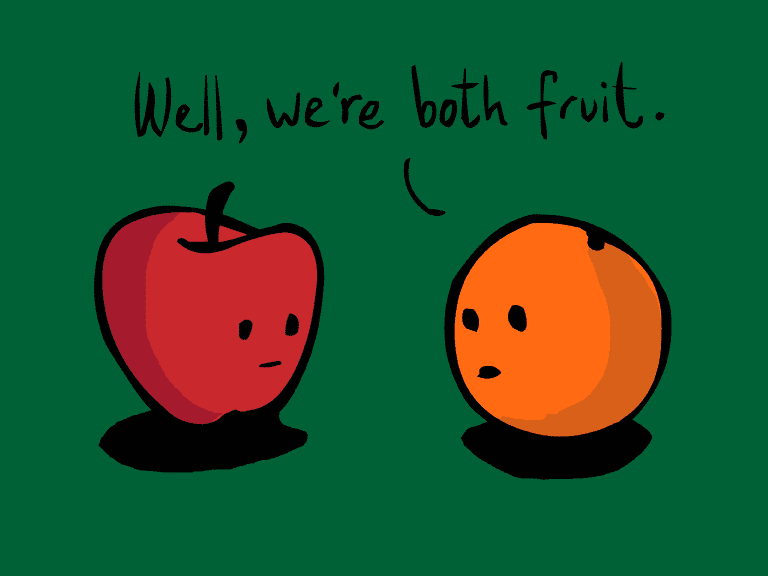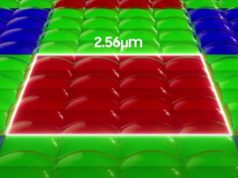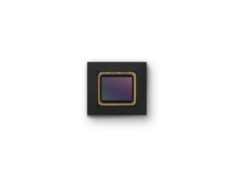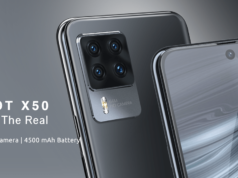Every year, U.S. supermarkets lose roughly 10 percent of their fruits and vegetables to spoilage, according to the Department of Agriculture. To help combat those losses, MIT chemistry professor Timothy Swager and his students have built a new sensor that could help grocers and food distributors better monitor their produce.
The new sensors, described in the journal Angewandte Chemie, can detect tiny amounts of ethylene, a gas that promotes ripening in plants. Swager envisions the inexpensive sensors attached to cardboard boxes of produce and scanned with a handheld device that would reveal the contents’ ripeness. That way, grocers would know when to put certain items on sale to move them before they get too ripe.
“If we can create equipment that will help grocery stores manage things more precisely, and maybe lower their losses by 30 percent, that would be huge,” says Swager, the John D. MacArthur Professor of Chemistry.
Detecting gases to monitor the food supply is a new area of interest for Swager, whose previous research has focused on sensors to detect explosives or chemical and biological warfare agents.
“Food is something that is really important to create sensors around, and we’re going after food in a broad sense,” Swager says. He is also pursuing monitors that could detect when food becomes moldy or develops bacterial growth, but as his first target, he chose ethylene, a plant hormone that controls ripening.
Plants secrete varying amounts of ethylene throughout their maturation process. For example, bananas will stay green until they release enough ethylene to start the ripening process. Once ripening begins, more ethylene is produced, and the ripening accelerates. If that perfect yellow banana is not eaten at peak ripeness, ethylene will turn it brown and mushy.
Fruit distributors try to slow this process by keeping ethylene levels very low in their warehouses. Such warehouses employ monitors that use gas chromatography or mass spectroscopy, which can separate gases and analyze their composition. Those systems cost around $ 1,200 each.
“Right now, the only time people monitor ethylene is in these huge facilities, because the equipment’s very expensive,” Swager says.
Detecting ripeness
Funded by the U.S. Army Office of Research through MIT’s Institute for Soldier Nanotechnologies, the MIT team built a sensor consisting of an array of tens of thousands of carbon nanotubes: sheets of carbon atoms rolled into cylinders that act as “superhighways” for electron flow.
To modify the tubes to detect ethylene gas, the researchers added copper atoms, which serve as “speed bumps” to slow the flowing electrons. “Anytime you put something on these nanotubes, you’re making speed bumps, because you’re taking this perfect, pristine system and you’re putting something on it,” Swager says.
Copper atoms slow the electrons a little bit, but when ethylene is present, it binds to the copper atoms and slows the electrons even more. By measuring how much the electrons slow down — a property also known as resistance — the researchers can determine how much ethylene is present.
To make the device even more sensitive, the researchers added tiny beads of polystyrene, which absorbs ethylene and concentrates it near the carbon nanotubes. With their latest version, the researchers can detect concentrations of ethylene as low as 0.5 parts per million. The concentration required for fruit ripening is usually between 0.1 and one part per million.
The researchers tested their sensors on several types of fruit — banana, avocado, apple, pear and orange — and were able to accurately measure their ripeness by detecting how much ethylene the fruits secreted.
Lead author of the paper describing the sensors is Birgit Esser, a postdoc in Swager’s lab. Grad student Jan Schnorr is also an author of the paper.
John Saffell, the technical director at Alphasense, a company that develops sensors, describes the MIT team’s approach as rigorous and focused. “This sensor, if designed and implemented correctly, could significantly reduce the level of fruit spoilage during shipping,” he says.
“At any given time, there are thousands of cargo containers on the seas, transporting fruit and hoping that they arrive at their destination with the correct degree of ripeness,” adds Saffell, who was not involved in this research. “Expensive analytical systems can monitor ethylene generation, but in the cost-sensitive shipping business, they are not economically viable for most of shipped fruit.”
Swager has filed for a patent on the technology and hopes to start a company to commercialize the sensors. In future work, he plans to add a radio-frequency identification (RFID) chip to the sensor so it can communicate wirelessly with a handheld device that would display ethylene levels. The system would be extremely cheap — about 25 cents for the carbon nanotube sensor plus another 75 cents for the RFID chip, Swager estimates.
“This could be done with absolutely dirt-cheap electronics, with almost no power,” he says.
 Kindle Fire, Full Color 7″ Multi-touch Display, Wi-Fi
Kindle Fire, Full Color 7″ Multi-touch Display, Wi-FiMovies, apps, games, music, reading and more, plus Amazon’s revolutionary cloud-accelerated web browser – 18 million movies, TV sh…
 HP Mini 210-4150NR 10.1-Inch Netbook (Charcoal Gray)
HP Mini 210-4150NR 10.1-Inch Netbook (Charcoal Gray)Hear music the way the artist intended with Beats Audio on the HP Mini 210-4150NR netbook, a companion PC that lets you rock where…







